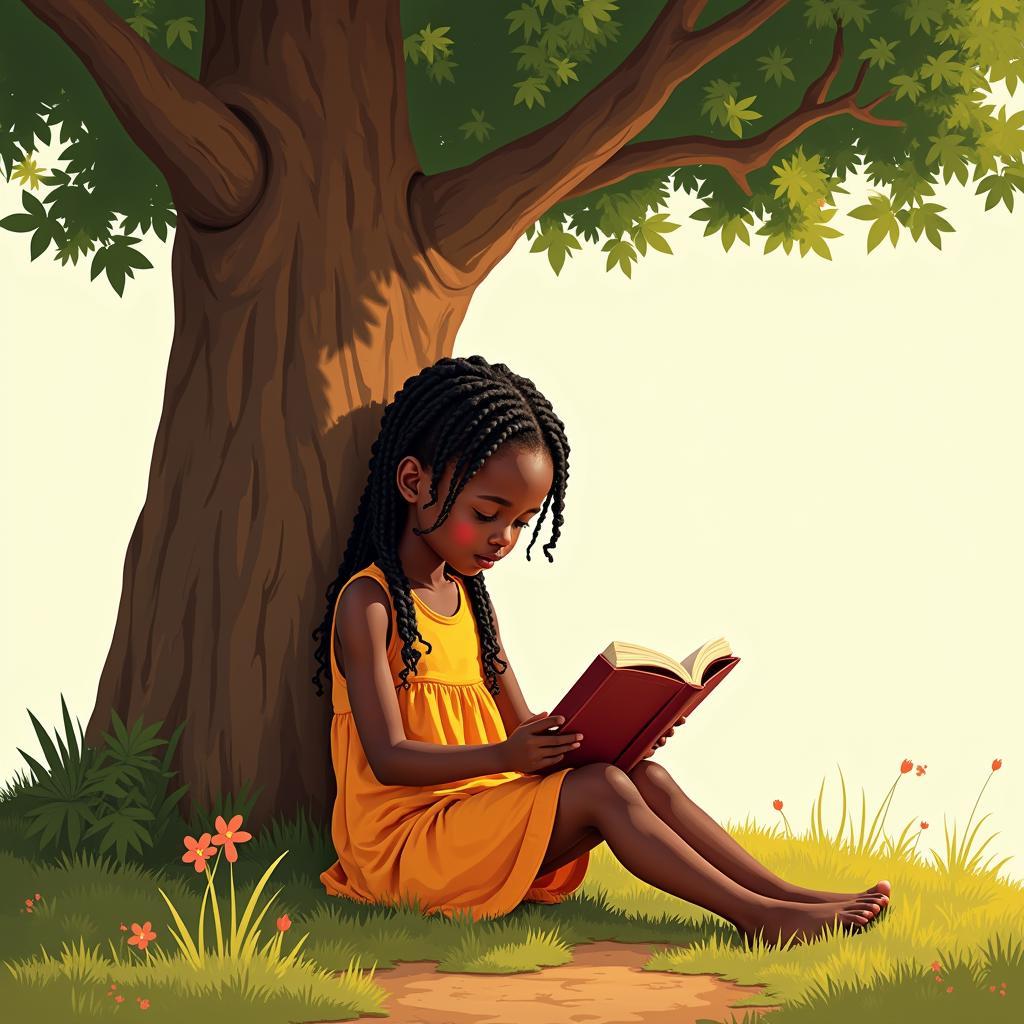A Vibrant Tapestry: Exploring the World of African Dancewear
African Dancewear is more than just clothing; it’s a vibrant expression of culture, history, and heritage. From the intricate beadwork of the Maasai to the flowing robes of the Yoruba, each piece tells a story, reflecting the traditions and beliefs of its people.
Unveiling the Significance of African Dancewear
In the heart of Africa, dancewear transcends mere aesthetics. It’s an integral part of ceremonies, rituals, and celebrations, embodying the spirit of the continent. Each garment, often handmade with meticulous care, carries deep symbolism, representing social status, ancestral connections, and even spiritual beliefs.
A Kaleidoscope of Styles: Diversity in African Dancewear
From North to South, East to West, Africa bursts with a mesmerizing array of dancewear styles. Each region boasts unique designs, fabrics, and embellishments, reflecting the diversity of its people and their cultural expressions.
- West Africa: Known for its vibrant colors and bold patterns, West African dancewear often features flowing fabrics like Ankara and Kente cloth, adorned with intricate embroidery and symbolic motifs.
- East Africa: Beaded jewelry and colorful fabrics like Kitenge are characteristic of East African dancewear, reflecting the region’s rich heritage of trade and cultural exchange.
- Southern Africa: Animal skins, feathers, and natural materials feature prominently in Southern African dancewear, reflecting a deep connection to nature and ancestral spirits.
- North Africa: Flowing robes, often in earthy tones, are typical of North African dancewear, reflecting the region’s Islamic influences. Intricate embroidery and headwear add a touch of elegance and sophistication.
Beyond Aesthetics: The Functionality of African Dancewear
The design and construction of African dancewear are intrinsically linked to the energetic movements of African dance. The flowing fabrics, strategically placed beads, and intricate designs aren’t just for show; they enhance the visual impact of the dance, creating mesmerizing patterns and highlighting the rhythm and energy of the movements.
African Dancewear in the Modern World: From Stage to Street Style
African dancewear has transcended geographical boundaries, captivating the world with its vibrancy and cultural richness. Today, it’s not uncommon to see elements of African dancewear incorporated into contemporary fashion, music videos, and even everyday attire. This global embrace speaks volumes about the timeless appeal and enduring influence of African culture.
“African dancewear is a powerful form of self-expression,” says Abena Serwaa, a Ghanaian fashion designer specializing in traditional dance costumes. “It allows individuals to connect with their heritage, celebrate their identity, and share the beauty of African culture with the world.”
Preserving Heritage: The Importance of Supporting Authentic African Dancewear
As the world embraces the allure of African dancewear, it’s crucial to support ethical and sustainable practices that honor the cultural significance of these garments. By purchasing from artisans and designers who prioritize traditional techniques and fair labor practices, we can help preserve this rich heritage for generations to come.
Conclusion
African dancewear is a testament to the continent’s vibrant culture, rich history, and artistic ingenuity. More than just clothing, it’s a powerful form of expression, storytelling, and celebration. As we admire the beauty and diversity of African dancewear, let’s remember to appreciate the cultural heritage it represents and support the artisans who keep these traditions alive.



